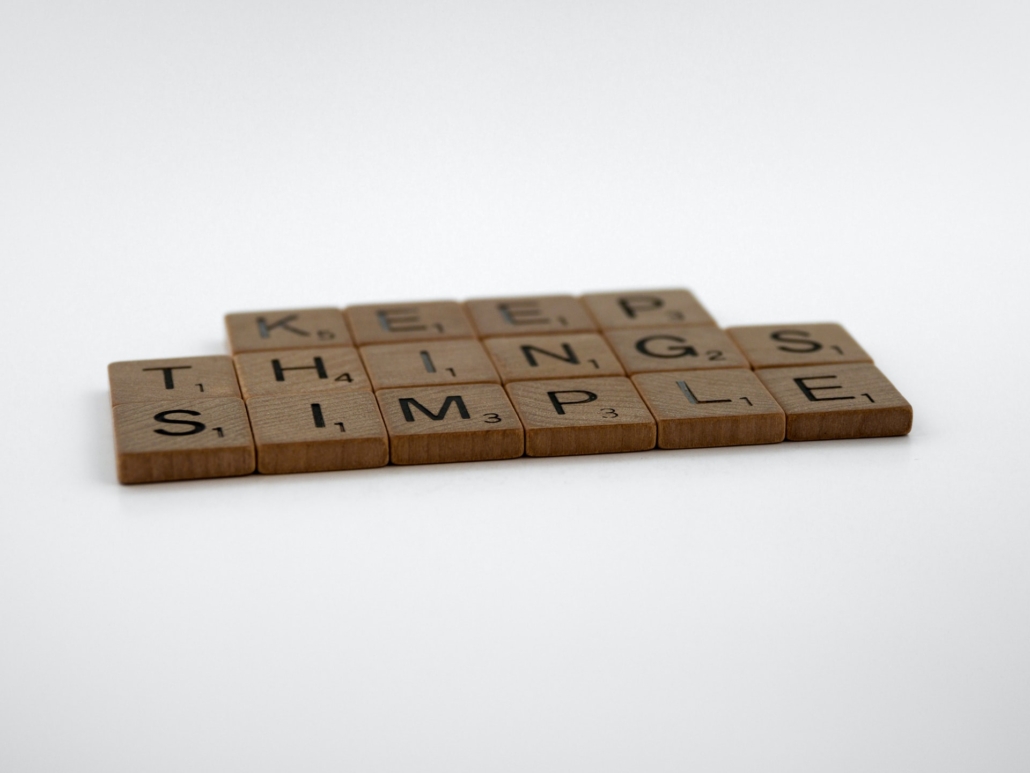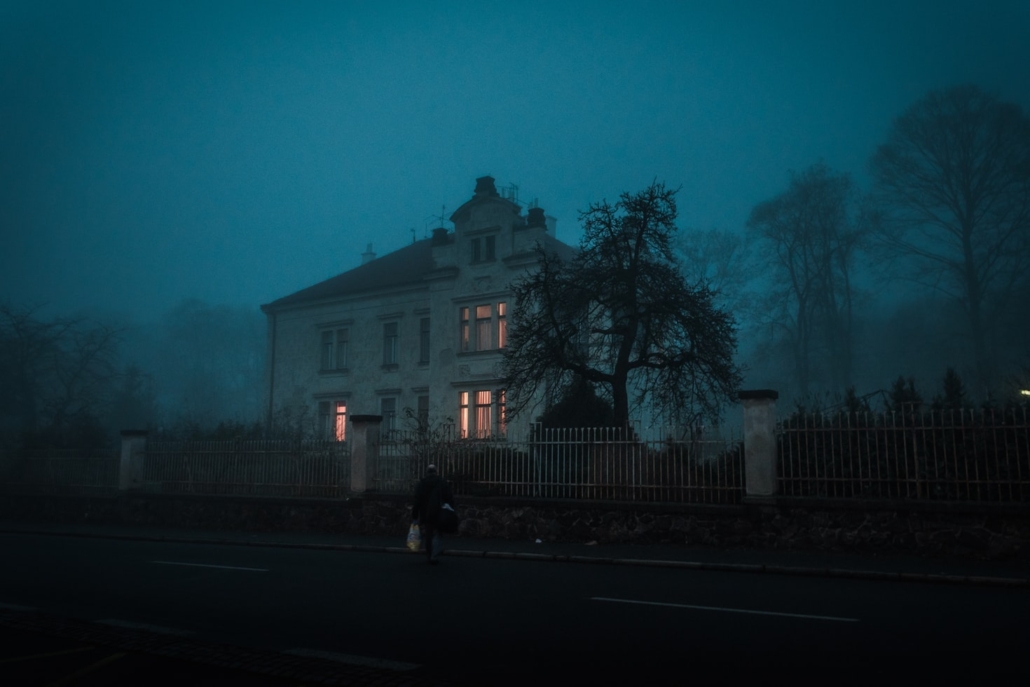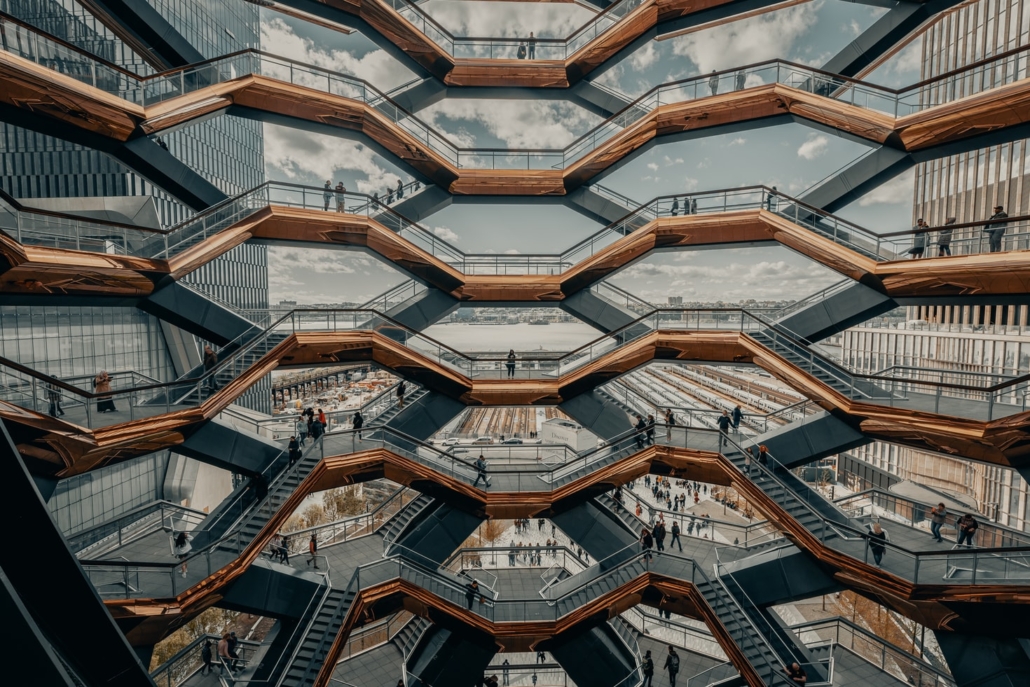
It still seems like the wild west of Data Quality these days. Tools like Apache Deque are just too much for most folks, and Data Quality is still new enough to the scene as a serious thought topic that most tools haven’t matured that much, and companies dropping money on some tool is still a little suspect. I’ve probably heard more about Great Expectations as a DQ tool than most.
With the popularity of PySpark as a Big Data tool, and Great Expectations coming into its own, I’ve been meaning to dive into what it would actually look like to to use Great Expectations at scale and answer some simple questions. How easy is it to get up and running with Spark, what’s the path of least resistance to getting some basic Data Quality checks in place in a data pipeline.
Read more








